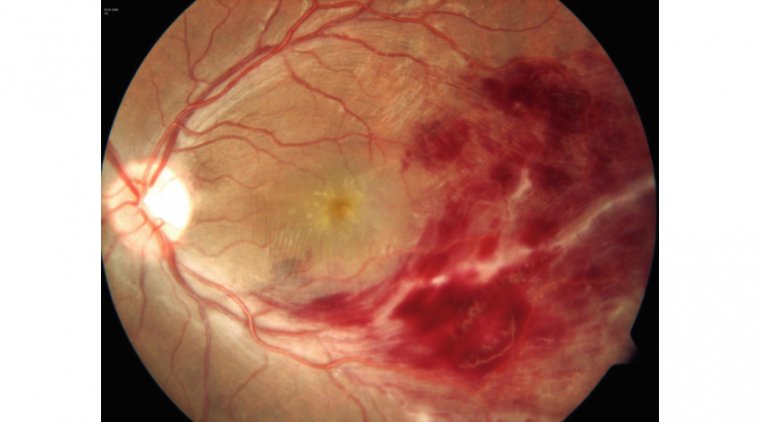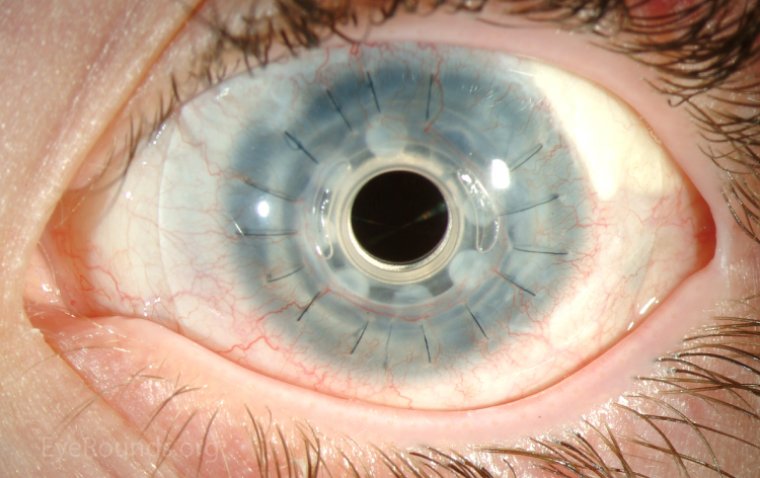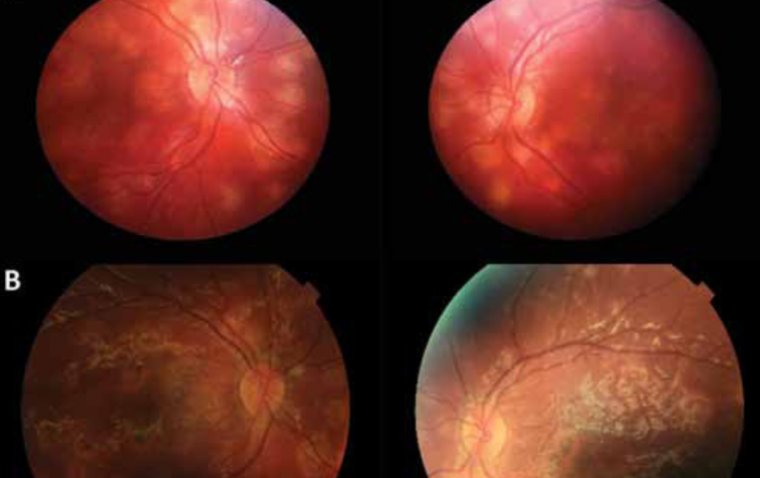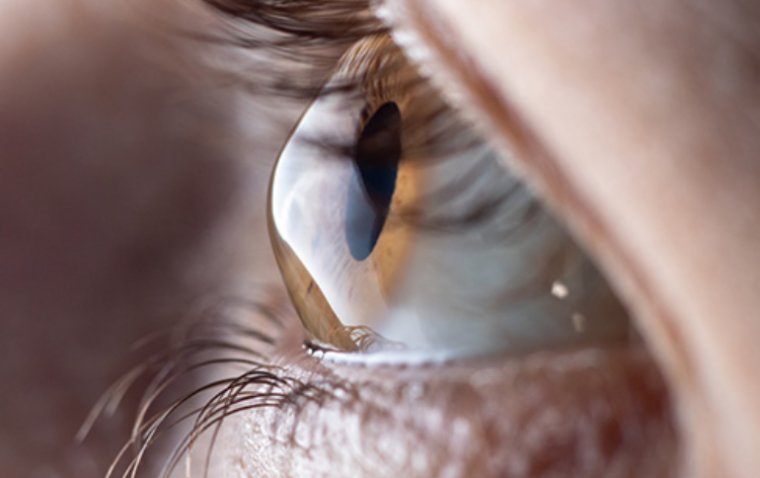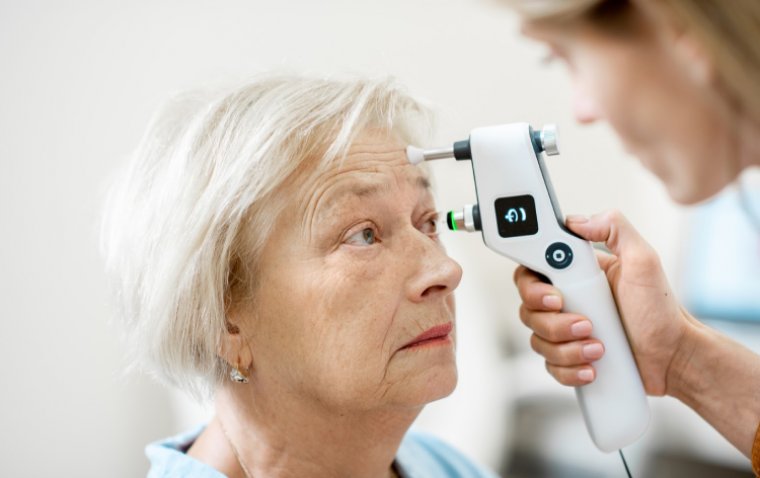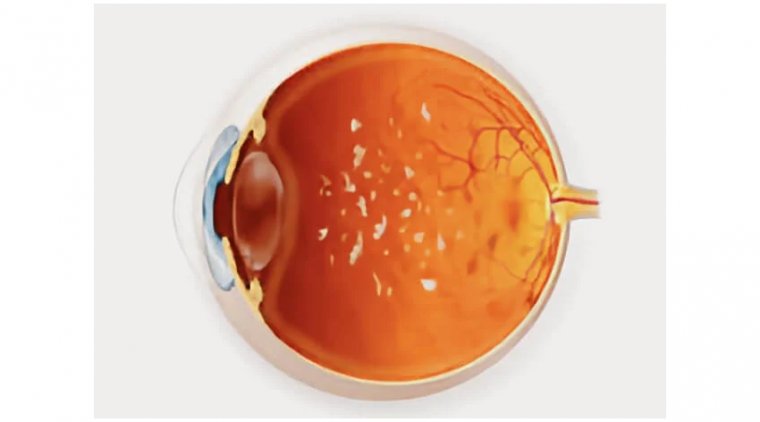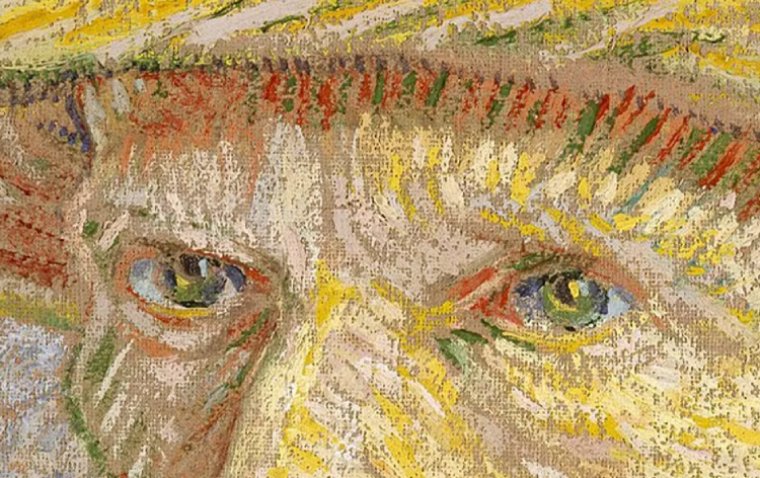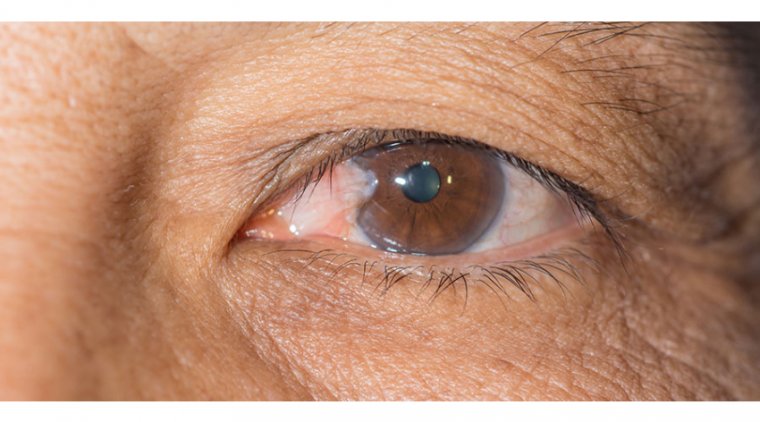
What Is Pterygium (Surfer's Eye) and How Is the Treatment Surgery?
What Is Surfer's Eye?
Pterygium is characterized by a thickening of the conjunctiva tissue that takes on a wing-like or triangular shape and grows from the inner corners of the eye, often extending onto the cornea. Pterygium can either affect one or both eyes. Cases when it affects both eyes at the same time is referred to as bilateral pterygium.
What Symptoms to Expect from Pterygium of the Eye?
Pterygium is a benign, non-cancerous growth that appears on the conjunctiva, which is the clear membrane that covers the white part of the eye and lines the inside of the eyelids.Sometimes you won’t experience any symptoms prior to having pterygium, but it can also cause a variety of symptoms, some of which may include:
Dryness and redness of the eye: Pterygium may cause the eye to feel dry and itchy, and the affected eye may appear red and inflamed.
Sensitivity to light: People with pterygium may be more sensitive to bright light and may experience discomfort when exposed to it.
Blurred vision: Pterygium may cause the vision to be blurry or distorted, particularly if it grows over the cornea, which is the clear, dome-shaped surface at the front of the eye that helps to focus light.
Difficulty with contact lenses: Pterygium can make it troublesome to wear contact lenses comfortably, as they may not fit to your eyes properly and may cause discomfort.
Discomfort and foreign body sensation: Some people with pterygium may experience discomfort.
What Causes Pterygium?
The exact cause of pterygium is not fully understood, but it is believed to be associated with exposure to ultraviolet (UV) light, wind, and dust. Other possible risk factors for developing pterygium include:
Living in a sunny or dry climate: People who live in areas with high levels of UV light or low humidity may be more at risk of developing pterygium.
Working outdoors: People who work in occupations that involve prolonged exposure to the sun, wind, or dust, such as farmers, construction workers, and sailors, may be more prone to pterygium.
Being male: Men are more likely to develop pterygium than women.
Having fair skin: People with fair skin are more likely to develop pterygium than those with darker skin.
Family history: There may be a genetic component to pterygium, as some people may be more predisposed to developing the condition due to their family history.
While UV light, wind, and dust are thought to be the main contributing factors to pterygium, it is not clear why some people are more prone to developing the condition than others. Some research suggests that inflammation may play a role in the development of pterygium, and that people with certain underlying health conditions, such as dry eye syndrome or autoimmune diseases, may be more at risk.
Pinguecula vs Pterygium, What Are the Differences?
Pinguecula and pterygium are two conditions that affect the conjunctiva, which is the clear membrane that covers the white part of the eye and lines the inside of the eyelids. While they have some similarities, they are two distinct conditions that differ in several ways:
● Location: A pinguecula is a small, yellowish or flesh-colored bump that appears on the conjunctiva, usually on the side of the eye closest to the nose. It does not typically grow beyond the conjunctiva and does not affect the cornea, which is the clear, dome-shaped surface at the front of the eye that helps to focus light. A pterygium, on the other hand, is a raised, fleshy growth that starts on the conjunctiva and can spread outward onto the cornea, sometimes causing vision problems.
● Causes: Both pinguecula and pterygium are thought to be caused by exposure to ultraviolet (UV) light, wind, and dust. However, pterygium is more likely to be associated with these factors and is believed to be more aggressive than pinguecula. Some research suggests that inflammation may play a role in the development of pterygium, and that people with certain underlying health conditions, such as dry eye syndrome or autoimmune diseases, may be more at risk.
● Symptoms: Both pinguecula and pterygium can cause dryness, redness, and discomfort in the eye, as well as sensitivity to light. However, pterygium is more likely to cause blurred vision, particularly if it grows over the cornea, and may cause the affected eye to appear swollen and red. Pinguecula, on the other hand, usually does not affect vision and may not cause any symptoms at all.
● Treatment: Pinguecula is usually a benign, self-limiting condition that does not require treatment. In some cases, artificial tears or eye drops may be used to relieve dryness and discomfort. Pterygium, on the other hand, may require treatment if it is causing vision problems or discomfort. Treatment options may include artificial tears, sunglasses to protect the eyes from UV rays, and a wide-brimmed hat to shade the eyes. In more severe cases, surgery may be necessary to remove the growth and restore vision.
How Is Pterygium Treatment?
Treatment for pterygium depends on the severity of the condition and the symptoms it is causing. Some common treatment options for pterygium include:
● Artificial tears: Using artificial tears to keep the eyes moist can help to relieve dryness and discomfort.
● Sunglasses and a wide-brimmed hat: Wearing sunglasses and a wide-brimmed hat when outdoors can help to protect the eyes from ultraviolet (UV) light and wind, which may help to prevent the pterygium from growing or recurring.
● Corticosteroid eye drops: In some cases, corticosteroid eye drops may be prescribed to reduce inflammation and prevent the pterygium from growing.
● Surgery: If the pterygium is causing vision problems or discomfort, or if it has not responded to other treatments, surgery may be necessary to remove the growth and restore vision. There are several different surgical techniques that can be used to remove pterygium, including simple excision, conjunctival autograft, and amniotic membrane grafting.
It is important to see an eye doctor for a proper diagnosis and treatment if you are experiencing symptoms of pterygium, such as dryness, redness, or blurred vision. The eye doctor will be able to recommend the best treatment plan based on the severity of your condition and your specific needs.
Do I need Pterygium Surgery?
Pterygium surgery may be recommended if the pterygium is causing vision problems or discomfort, or if it has not responded to other treatments, such as the use of artificial tears or corticosteroid eye drops.
(1).jpg)
